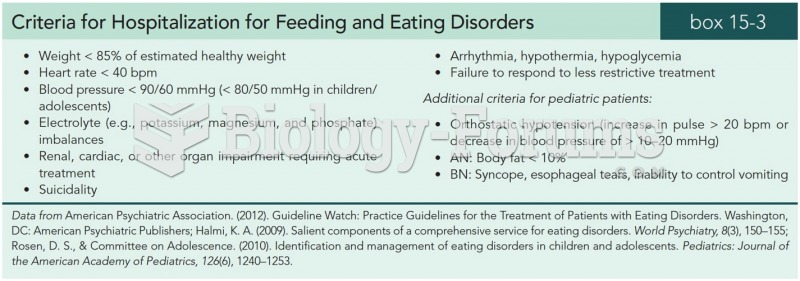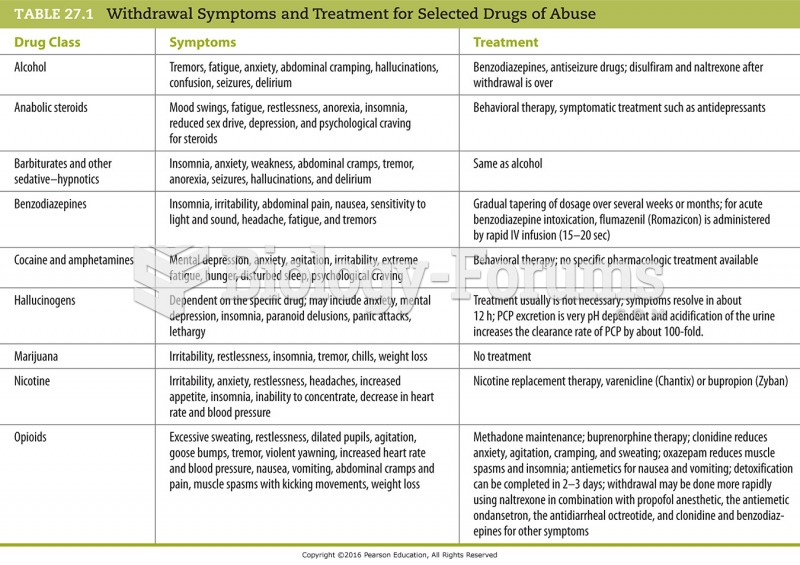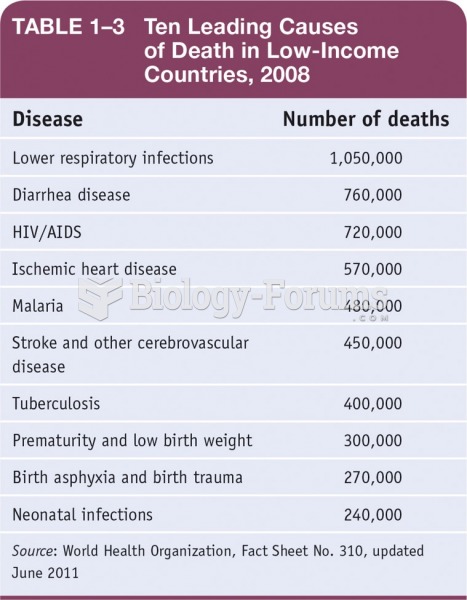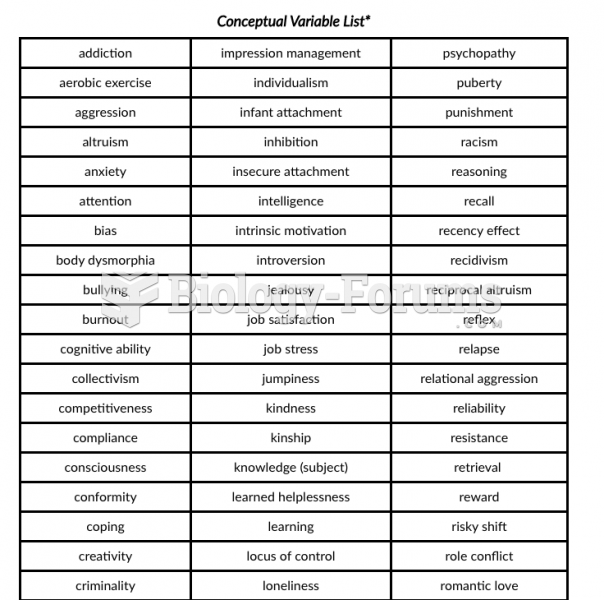Answer to Question 1
Physician-assisted suicide refers to situations in which a physician provides a dying patient with a fatal dose of medication that the patient then self-administers. Several countries, including Switzerland, Belgium, and Columbia, tolerate physician-assisted suicide. In 1984, the Dutch Supreme Court eliminated prosecution of physicians who assisted in suicides provided they met five criteria. These are (1) the patient's condition is intolerable with no hope for improvement, (2) no relief is available, (3) the patient is competent, (4) the patient makes a request repeatedly over time, and (5) two physicians have reviewed the case and agreed with the patient's request. The Dutch Parliament approved the policy in 2001, making the Netherlands the first country to have an official policy legalizing physician-assisted suicide.
Answer to Question 2
Euthanasia can be carried out in an active or a passive way. In active euthanasia, a person's life is deliberately ended. This may be based upon a person's written wishes expressed in a living will or by a person who has the legal authority to make such decisions, as in the case of a health care power of attorney. Active euthanasia usually involves situations in which a person is in a persistent vegetative state or is in the final stages of a terminal disease. An example of active euthanasia would be administering a lethal dose of medication to end someone's life. Passive euthanasia involves withholding treatment. Examples of this are when food is withheld, a surgery is not performed, or a treatment is not administered. Some ethicists and medical professionals do not distinguish between the two types of euthanasia. The European Association of Palliative Care claims that passive euthanasia is a contradiction in terms because the ending of life is by definition active.







